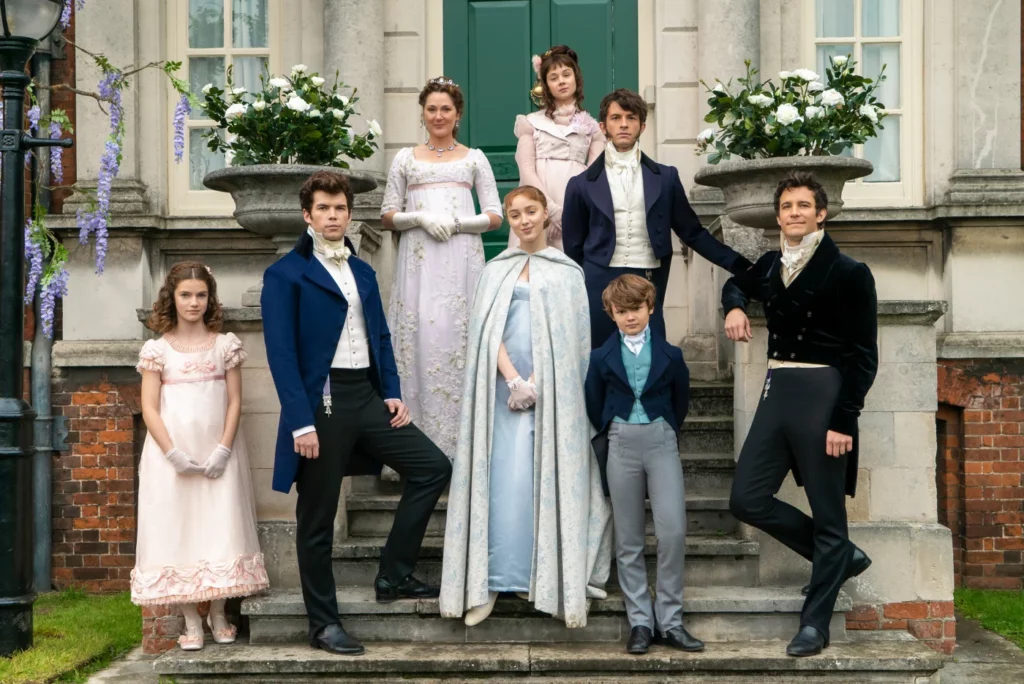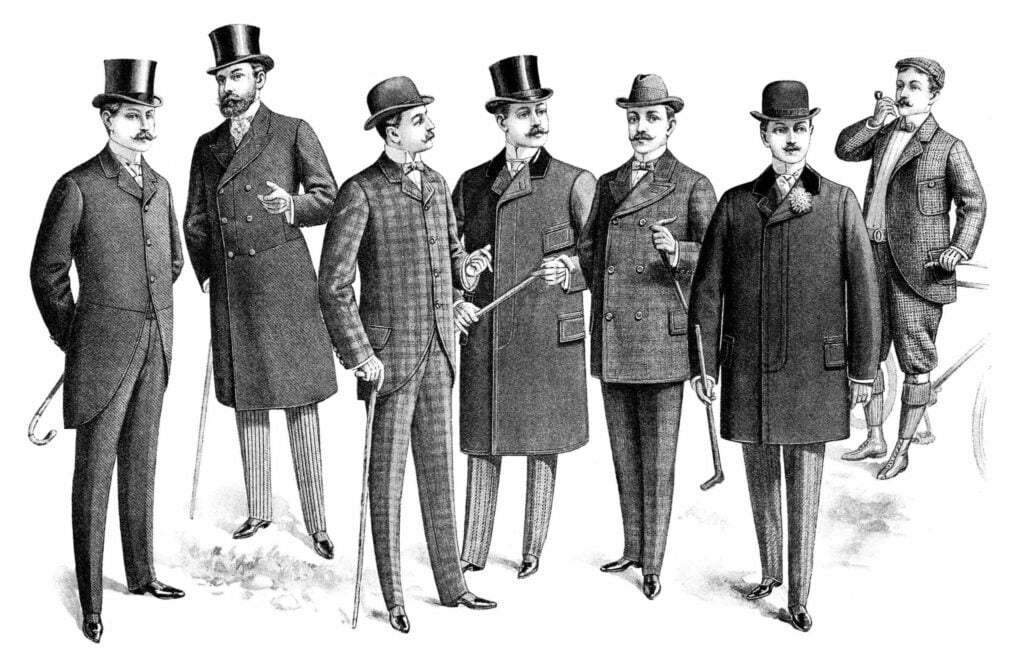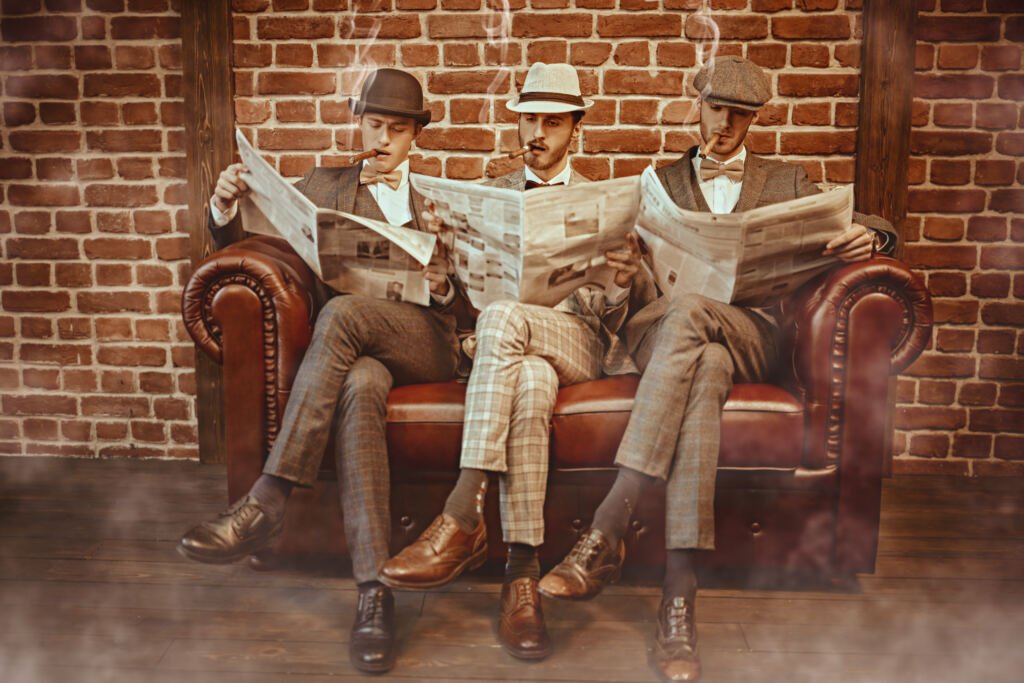In the Western world, the suit is a typical form of men’s formal clothing. Suits of matching coat, pants, and waistcoat have been in and out of favor for almost 400 years. The modern lounge suit can be traced back to the brightly colored, intricately produced royal court clothing of the 17th century (suit, wig, knee breeches), which was discarded as a result of the French Revolution. More recently, this progression may be seen in British tailoring’s use of steam and padding in shaping woolen material, the rise and fall in popularity of the necktie, and the gradual demise of waistcoats and hats during the previous fifty years.
Where Did the Modern Suit Start?
The modern lounge suit first appeared in the late 1800s, although its origins may be traced back to the simpler, sartorial standard of dress established by the English king Charles II in the 17th century. In 1666, the restored monarch, Charles II, decided that men in the English Court would wear a long coat, a waistcoat (then called a “petticoat”), a cravat (a predecessor of the necktie), a wig, knee breeches (trousers), and a hat, following the model of King Louis XIV’s court at Versailles. However, the works of Jan Steen, Pieter Bruegel the Elder, and other Dutch Golden Age painters show that such an arrangement was already in use unofficially in Holland, if not Western Europe as a whole. [Citation required] Many of Steen’s genre paintings feature men dressed in hip-length or frock coats with shirt and pants, which approximate modern suit designs more than the contemporary British standard.

Regency
In the early nineteenth century, British dandy Beau Brummell reinterpreted, updated, and promoted the British court style, inspiring European men to wear well-cut, tailored garments with meticulously knotted neckties. The new garments’ simplicity and somber tones stood in stark contrast to the flamboyant, foppish designs that had come before.
Brummell’s impact was essential in ushering in the contemporary era of men’s apparel, which includes the modern suit and necktie. Furthermore, he ushered in a new era of grooming and style, including regular (daily) washing as part of a man’s toilette. However, paintings of French men dating from 1794 show that Brummel may have simply adopted and popularized post-revolutionary French outfits, which included a tailcoat, a double-breasted waistcoat, and full-length pants with either Hessian boots or regular-size shoes. There is no 18th-century artwork of Brummel to support his claim.
The modern suit appears to be inspired by the utilitarian attire of hunters and military officers. Paintings from the 1760s show how the present coat design with lapels evolved. It can be observed in an unknown artist’s hunting scene with Count Carl Emil Ulrich von Donop as the subject and Joshua Reynolds’ painting of Frederick William Ernest, Count von Schaumburg-Lippe in Hanoverian Field Marshall uniform.
The prevalent upper-class dress developed by Brummell for day wear during this regency time was a tightly fitting, dark color tailcoat with non-matching (usually pale) pants, light waistcoat, white shirt and cravat, and tall boots.

Victorian
The frock coat, which was not always black, became fashionable towards the beginning of the Victorian period and quickly became the traditional daily wear for guys. The morning coat, a new (then informal) garment, became appropriate about the middle of the nineteenth century. It was a less formal clothing with a cutaway front that was appropriate for riding. Morning dress and frock coats were not suits because they were worn with trousers that did not match in color or fabric; a matching waistcoat and trousers were deemed informal and might be defined using the short-lived word ditto suit. The frock coat remained the standard attire for any formal or business situations, with a tailcoat worn in the evenings.
The modern lounge suit was born near the end of the nineteenth century as a highly casual garment designed to be worn only for sports, in the country, or at the beach.
Simultaneously, the dinner jacket was designed and came to be used for casual evening occasions. It descended from white tie (the dress code associated with the evening tailcoat), but swiftly evolved into a completely new garment, the dinner jacket, with a new dress code, initially known as ‘dress lounge,’ and then black tie. When it was introduced to the United States, it was dubbed the tuxedo. Originally, the ‘dress lounge’ was only worn for small private meetings, while white tie (‘white tie and tails’) was still worn for large formal events. As an alternative to complete evening gowns with white tie, the ‘dress lounge’ gradually gained popularity for larger parties.
